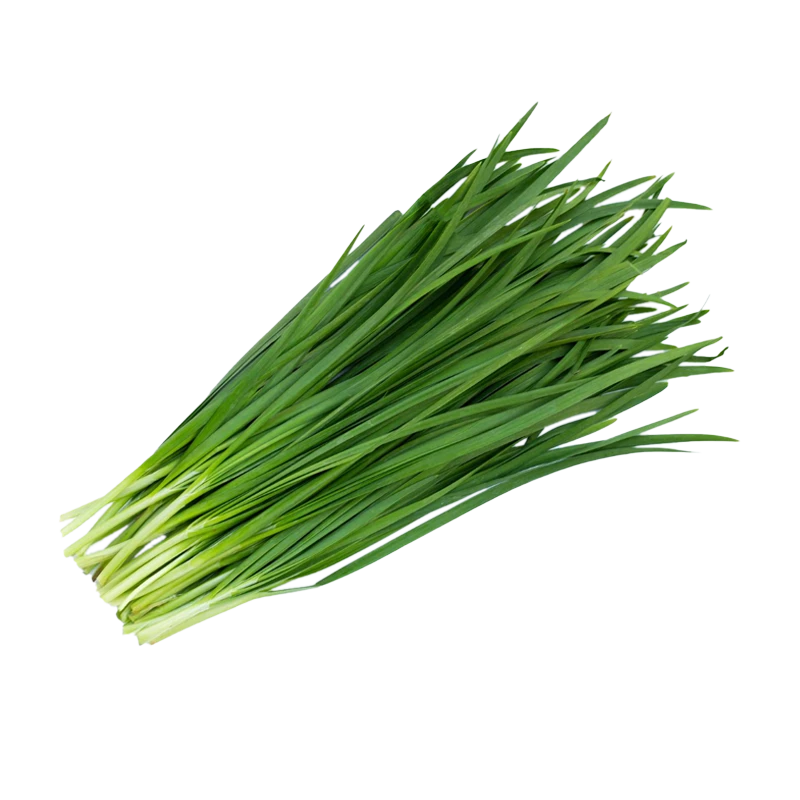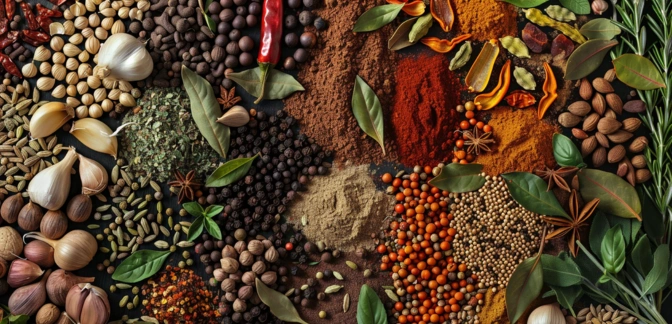Chives — Nutrients, Health Benefits, And Shopping Tips

Written by Listonic Team
Last update on September 5, 2024
Nutrients
Nutrition facts
Amount per 100 g
Calories
🔥 30 kcal
| Nutrition per: 100 g | Value | % Daily Value* |
|---|---|---|
| Carbs | 4 g | 1.45% |
| Fiber | 3 g | 10.71% |
| Sugars | 2 g | 4% |
| Glycemic Index | 0 | - |
| Protein | 3 g | 6% |
| Sodium | 3 mg | 0.13% |
| Total Fat | 1 g | 1.28% |
*The % of Daily Value (DV) tells you how much a nutrient in a serving of food contributes to a daily diet. 2,000 calories a day is used for general nutrition advice.
30
🍏 Low-Calorie Foods
Key takeaways
Health benefits
- Rich in vitamins and minerals such as Vitamin K, Vitamin C, and folate, which support overall health and well-being.
- Contains antioxidants, which help protect the body from free radicals and reduce inflammation.
- Supports digestive health by promoting the production of digestive enzymes.
- Low in calories, making them a nutritious addition to meals without significantly increasing calorie intake.
- May support immune function due to their antibacterial properties.
Health risks
- Potential for allergic reactions in some individuals, particularly those with allergies to other members of the Allium family, such as onions and garlic, causing symptoms like itching, swelling, or difficulty breathing.
- Digestive discomfort such as bloating or gas when consumed in large quantities.
- Potential for contamination with harmful bacteria or pesticides if not properly washed or sourced.
- Interaction with blood thinners due to the vitamin K content in chives, which can affect blood clotting in individuals taking these medications.
How to choose chives
Chives should appear vibrant and fresh, exhibiting a uniform bright green color throughout their length. They should be tender and crisp, not limp or dried out, and the ends should be cleanly cut without fraying. Check for a fresh, onion-like scent that is not overpowering, indicating their freshness and proper storage.
Avoid chives that are discolored, have brown spots, or show signs of wilting. High-quality chives should feel firm and springy when lightly pinched between your fingers.

How to store chives
Fresh chives should be refrigerated. Wrap them in a damp paper towel and place them in a plastic bag to maintain their freshness. Properly stored, chives can last up to a week.
Too much moisture can make chives slimy, so it’s crucial to keep them dry. Avoid placing them near ethylene-producing fruits, which can cause them to spoil faster. Using a damp paper towel helps retain their freshness without excess moisture.
✅ Extra Tip
How long do they last?
Chives can last for 1-2 weeks in the refrigerator when stored in a plastic bag with a paper towel to absorb excess moisture. For longer storage, chives can be chopped and frozen for up to 6 months.
What to do with leftovers?
Leftover chives can be used in a variety of dishes to add a fresh, mild onion flavor. Chop them and sprinkle over salads, soups, or pasta dishes as a garnish, or mix them into scrambled eggs, omelets, or frittatas for a flavorful breakfast.
Use chives in a cream cheese or sour cream dip, or blend them into a butter to spread on bread or melt over grilled meats. If you have a lot of chives, consider making a batch of chive pesto or mixing them into a vinaigrette for salads. Chives can also be used as a topping for potatoes, whether baked, mashed, or roasted, or added to a cheese spread for extra flavor. For a quick snack, try sprinkling chives over cottage cheese or mixing them into a yogurt-based dip for vegetables.
👨⚕️️ Medical disclaimer
Discover products from other categories
Listonic Team
Fact-checked
Our editorial team checked this article to make sure it was accurate at the time of publishing it.
Get the top-rated shopping list app on your phone!







